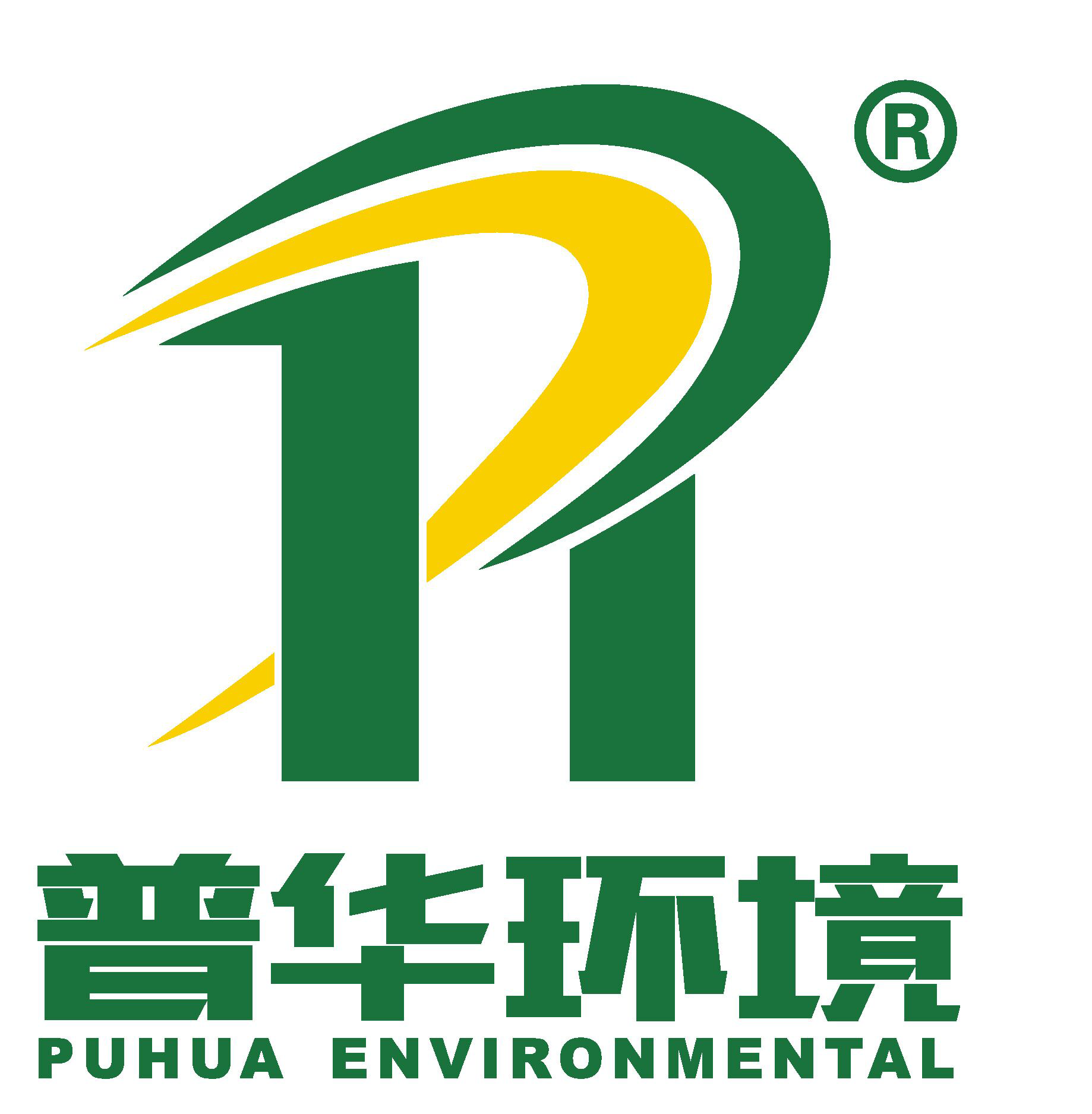
-
Factory Environmental Governance Comprehensive Solution Provider
-
Focus on R & D and manufacturing of VOCs exhaust gas treatment equipment

Focus on R & D and manufacturing of VOCs exhaust gas treatment equipment
Product center
The biological method for treating organic waste gas is to use the physiological process of microorganisms to convert harmful substances in organic waste gas into simple and harmless inorganic substances, such as CO2, H2O and other simple inorganic substances, so as to achieve the purpose of purifying the waste gas.

Biological Law Governance Technology
Biological treatment of waste gas does not need to consider regeneration and other advanced treatment processes, simple equipment, low energy consumption, safety and reliability, no secondary pollution, is a harmless organic waste gas treatment method .
Product recommendation
fine
Product Principle
Biological treatment of waste gas needs to be carried out in the liquid phase (it can also be carried out in a liquid film on a solid surface). According to the commonly used treatment process, there are generally four steps:
The first stage: the dissolution process of pollutants: the pollutants are in contact with water or the water film on the surface of the solid phase. The pollutants dissolve in water and become molecules or ions in the liquid phase. The balancing process follows Henry's law;
The second stage: the process of biological adsorption and absorption of pollutants: the water-soluble pollutants are absorbed and absorbed by microorganisms, and the pollutants are transferred from the water to the microorganisms. As an absorbent, it can be regenerated and used to dissolve new odorous components. The adsorbed hydrophobic organic matter can be successively taken into the body by the microorganism after the insoluble and colloidal organic matter is dissolved by the microbial extracellular enzyme. Macromolecular organic substances such as starch and protein are hydrolyzed into small molecules by the action of microbial extracellular enzymes (hydrolase) before entering the cell;
The third stage: the biodegradation process of pollutants: the polluting components entering the microbial cells are decomposed and used as the energy or nutrients of microbial living activities, so that the pollutants are removed.
The fourth stage: the harmless gas produced by the biochemical reaction is desorbed from the surface of the biofilm into the gas phase, and water remains in the biofilm.
The rate of the entire process depends on:
A. Mass transfer rate from gas phase to solid phase (related to the nature of pollutants and reactor structure)
B. Quality of living organisms used for degradation.
C. Degradation rate of living organisms (depending on factors such as pollutants and microbial growth environment)
Product Category
It has been found that multiple microorganisms have the same reproduction environment, so multiple microorganisms can be propagated in the same device, which can significantly reduce costs. In order to obtain better degradation effect, the characteristics of various microorganisms should be understood in detail, the strains should be optimized, and the cultivation environment should be perfected to obtain excellent flora. According to the way that microorganisms obtain nutrients, the fungi used to treat organic waste gas are generally divided into two types:
Autotrophic bacteria
Autotrophic bacteria can obtain energy through the oxidation of light and ammonia, hydrogen sulfide, sulfur, iron ions, etc. in the absence of oxygen and organic carbon, and obtain carbon required for growth from carbon dioxide through the Calvin cycle. Microorganisms are very suitable for the transformation of inorganic substances. The energy conversion and growth process of autotrophic bacteria is relatively slow, its biological load is relatively low, it is more difficult to deal with inorganic pollutants, and the number of adapted bacteria is relatively small.
Heterotrophic bacteria
Heterotrophic bacteria obtain nutrients and energy through organic matter and oxygen. They are suitable for the treatment of organic pollutants. When combined with appropriate temperature, pH and oxygen, they can complete the degradation of pollutants more quickly. It is widely used in the degradation of organic substances including ethanol, thiol, cresol, indole, fatty acid, and acetaldehyde.
Scope of application
Scope of application: Medium-low concentration of VOCs, suitable for exhaust gases such as malodor, alcohols, esters, etc., not suitable for bio-toxic exhaust gases, or VOCs with particularly complex components. Its advantages are low operating cost, good treatment effect, and no secondary pollution. Its disadvantages are slow degradation, wide area, and difficult to control operating conditions.
long
press
turn off
Note
Guangzhou Puhua Environmental Technology Co., Ltd.
WeChat: PwC
Welcome to scan the code to customize your workshop exclusive solution
The boss stayed: waste gas treatment, dust treatment, oil mist treatment, overall ventilation of the factory. Welcome to leave a message.
Committed to industry-leading smart solution providers!
